Daffodils Flower Painting – in oil and watercolor
Daffodils are always fun to paint. No matter if you want to paint them in watercolor or oil. They are the sign of spring and over the years I created several paintings of them. I want to share some of my painting steps with you of my painting “Daffodils with Ladybug”.
The first step is of course always to find the right composition. For finding that I look through all my reference photos and sort them out which I immediately love. This are those daffodils which are hit by the sun, have interesting shadows or have the perfect angle to be placed in my painting.
Click on the image to enlarge it
The next step is to load all these photographs into photoshop. I cut the daffodils out and place them into a new file and arrange them how I want to have them. At this stage I do not look at the leaves. For me it is only important to have the placement of the daffodils so that I am happy.
When I was happy I started with the drawing and then with the painting. I usually cannot await to start with the colours.
Shadow colours on the white daffodils petals
At first I started with some of the white petals and put some shadow colours in. The shadow colours are a combination of some blue and red (Cobalt Blue or Phthalo Blue mixed with Anthraquinoid Red). But we also shouldn’t forget that there are reflections of the yellow trumpet in the shadow so this part of shadow also needs some yellow there.
There are two ways to do this:
1) You can paint at first some of the yellow and let it dry and then wet this area again and add the blue/red mix to it.
2) You can wet the area, drop the yellow in where it should be and then drop it the blue/red mix shadow colour and let them mingle on the paper.
A very interesting shadow colour mix is when you add a bit more red to your mix, so that you create a purple shadow mix. As you can see in the photo below of an older daffodil painting you see how well it works to have the white/yellow daffodil with the purple shadow colour on the petals. Why works it so perfect? Right, purple is the complimentary colour of yellow!
The yellow trumpet
The yellow trumpet was painted with some Aureolin yellow for the cooler yellow parts and some Indian yellow for the warmer yellow parts. The warmer yellow parts are really inside. Later I added also some Translucent Orange to make this center really warm and glowing in colour.
Leaves and Background
I started very early with the leaves. I mixed my warm and cool greens and also was aware about the light areas on the leaves. In my article about painting leaves and mixing greens you will find several green mixes to paint perfect leaves. The reason to start very early with the leaves was that the petals were so light and white that I wanted to create some contrast to get a feeling for the painting.
Between the leaves I also used here and there a dark red mix (green mixed with red) to give the background more atmosphere and to add more depth there. You know that red is the complementary colour of green, so this red colour works like magic there. I didn’t use pure red because I didn’t want the red to compete with the green leaves. I needed to have less saturation and this was done with adding some green to the red.
The background at the top is more wishy washy – no details are needed there. Some dark colour (mostly a dark paynes grey bluish) was used to suggest a few leaves there, too!
Daffodils – more shadow colour and finishing the center
When the background was mostly finished I then worked more on the daffodils. I finished the center of the trumpets and gave the center more depth with adding also a touch of Anthraquinoid Red to my Translucent Orange. I also added more shadow colours to the white petals. It was at this time that I realized that my previous shadow mix of red and blue also needed some green. Of course it needed some green as all the surrounding leaves are green!
Integrating the Daffodils into the background
This is a very important step. I needed to integrate the daffodils into the background. This happens with softening edges and also adding background colour to the petals. In my Painting Video ‘Painting the white rose with leaves and background’ I show excactly how to do this very important steps of Fine Tuning. The daffodils in the background also needed to be very soft as they are not the focal point of this painting.
The leaves also got some more depth. Some leaves in the background got some very very soft edges and were covered with some background colour to push them really back into the background.
The ladybug was added in the final step.
I was very happy with this Daffodils painting. For me it is as if the daffodils are waving in a soft breeze. The painting was sold immediately. Browse through my free watercolor lessons for creating better paintings.
Happy Painting

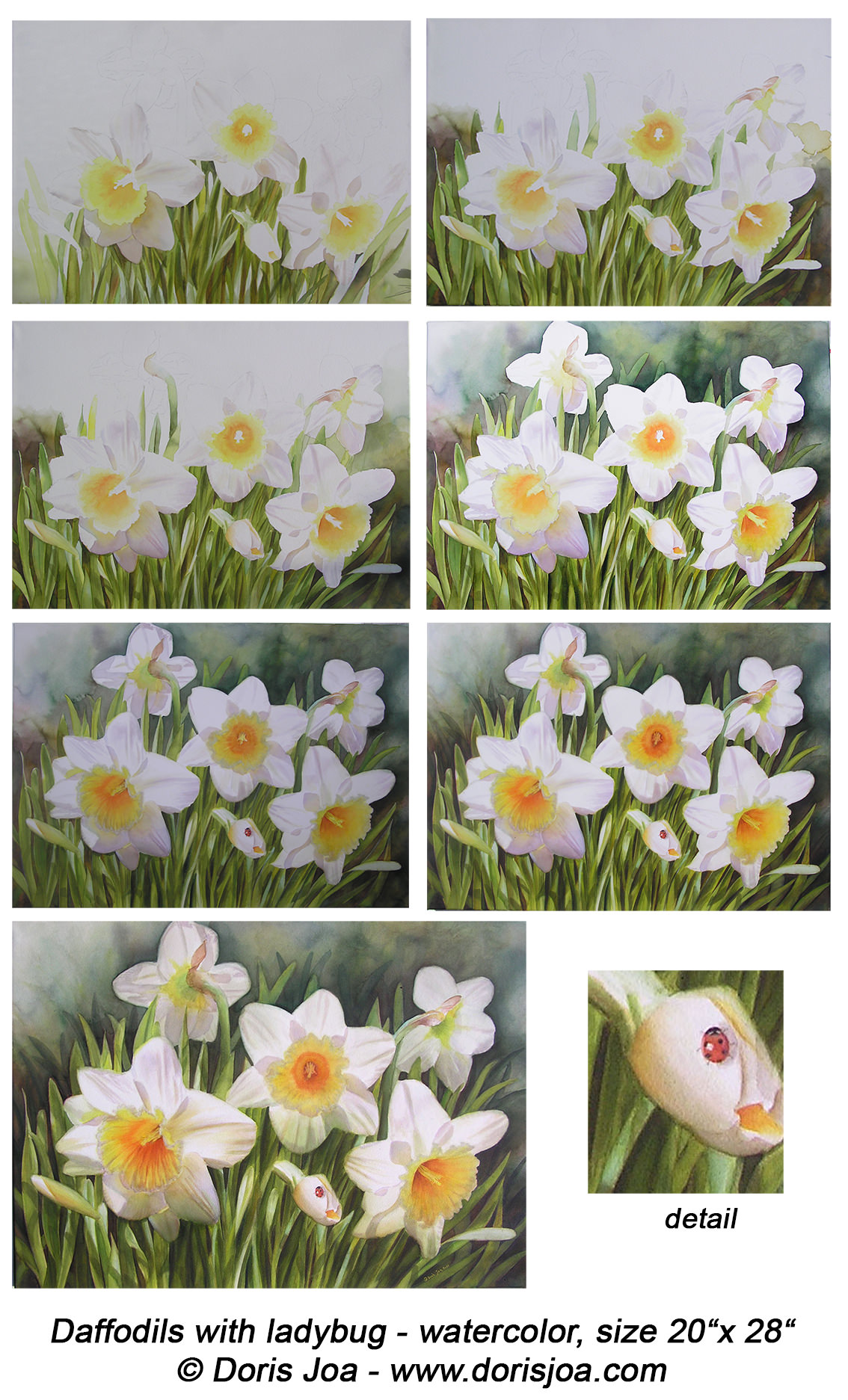
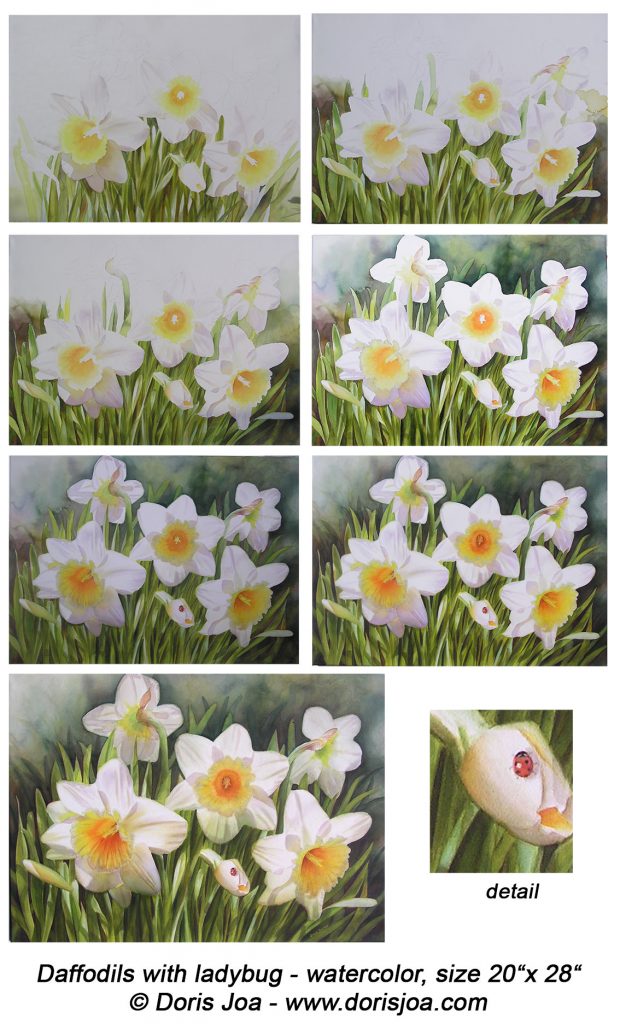
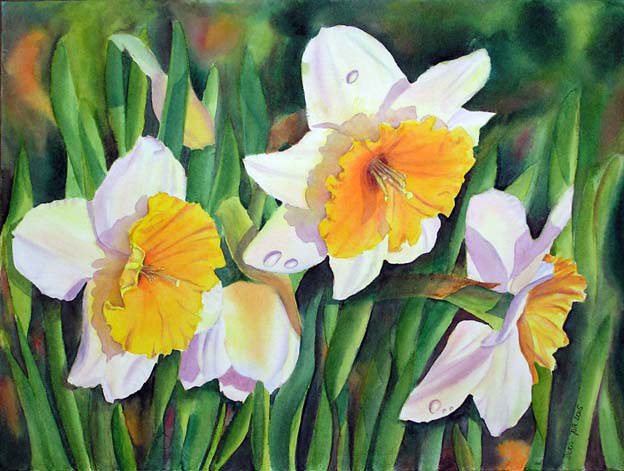
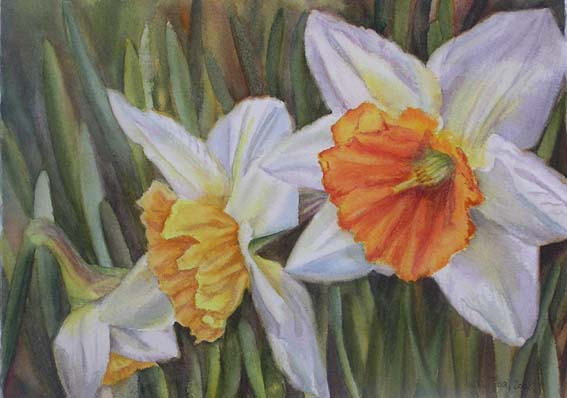
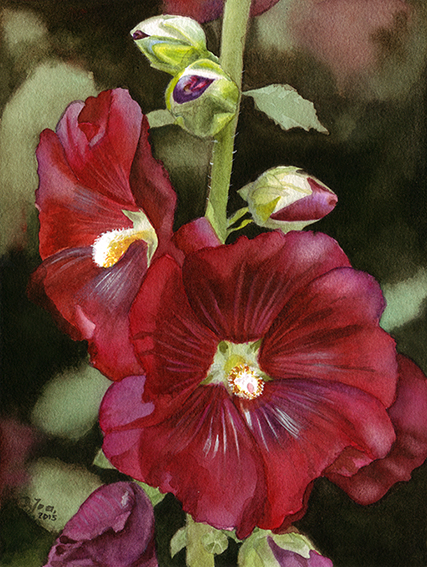
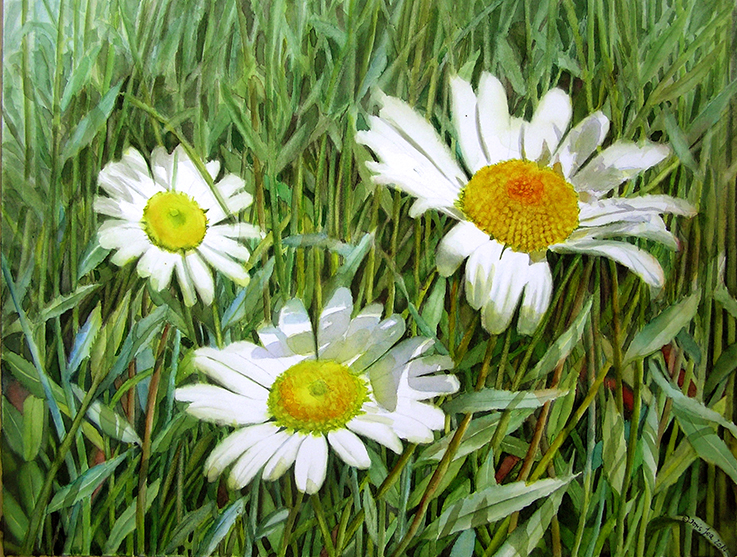
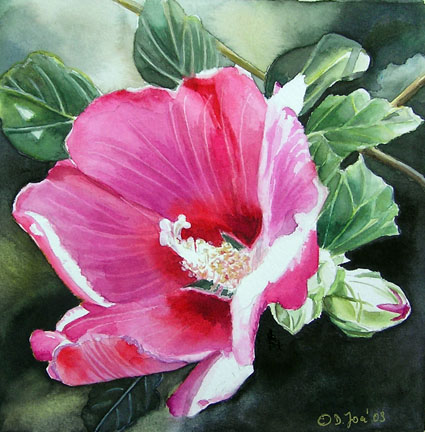
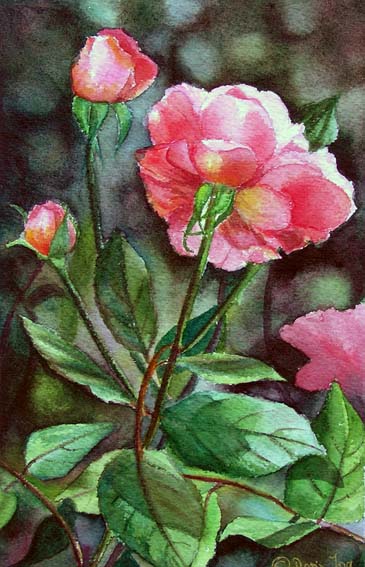
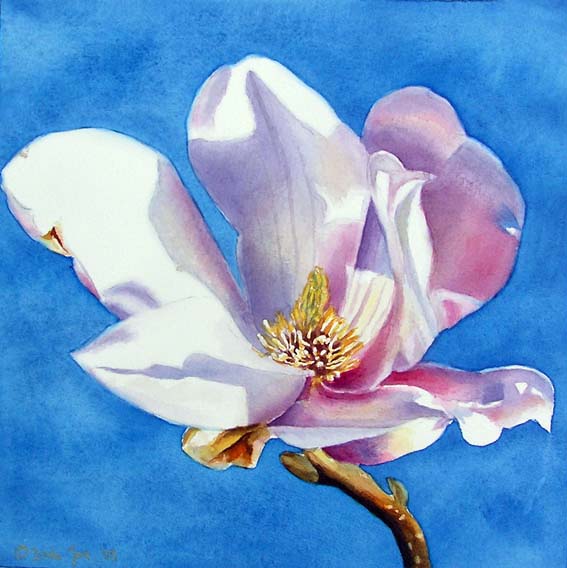
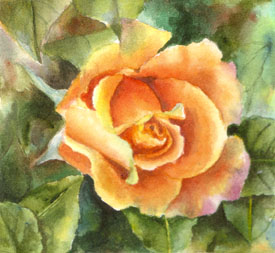
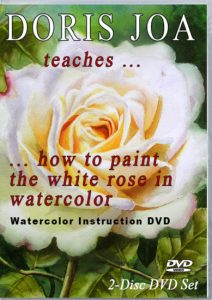
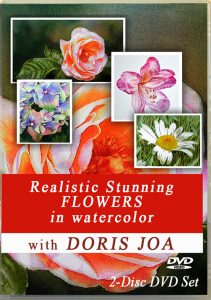
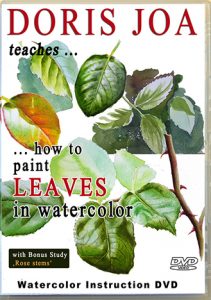
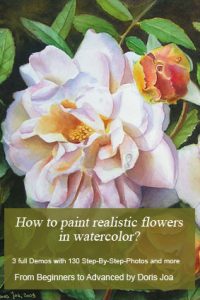
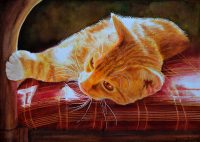
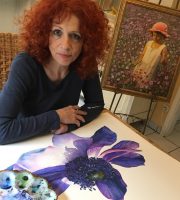
incredible instruction. Thank you so much for sharing what and how you do what you do